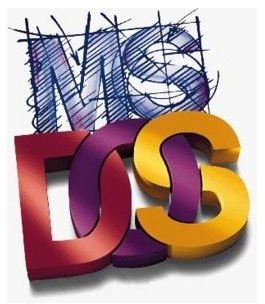What is the best ever Windows Operating System? Grading Windows from Dos to Windows 7
Overview
Due to the large number of Operating Systems pumped out by Microsoft in the last thirty years, I decided to focus only on consumer operating systems. For my final ranking, I looked at technical improvements, large picture impact and general receptiveness to the OS.
MS-DOS
First released in 1982, MS-DOS was actually Microsoft’s second line of operating systems after the release of the Unix based Xenix. MS-DOS made personal computers a reality in many homes. It gave users a chance to own a powerful computing system capable of playing games, running creativity and home office software at “affordable” prices. The main obstacle for Microsoft was getting people to learn how to use the command line interface. There were no graphical icons to click – everything had to be typed into the DOS Shell. The other main obstacle was price. Although PCs were now affordable enough for some families, putting $6500 down for a new IBM 286 PC was not pocket change.
Due to the importance of MS-DOS by laying the framework for Microsoft’s consumer operating systems, I’ll give MS-DOS an ‘A’.
Windows 1.0
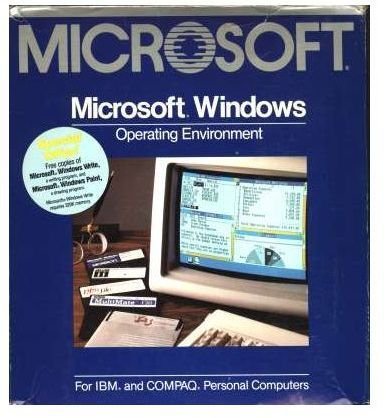
The first version of Windows dates back to 1985 – Microsoft’s first graphical OS – ushered in a new age of computing…at least it was supposed to. Computers still wouldn’t be “mainstream” for another decade so the release of Windows was relatively underwhelming. Windows 1.0 still utilized DOS as the operating system though. Windows 1.0 was a graphical shell running on top of DOS – almost like an application running on the DOS operating system. It was clunky and only included a few programs, but seeing as this was the forefather of current modern operating systems, you’ve got to give it an ‘B’.
Windows 2.0
Windows 2.0 was released in 1987. Besides some minor graphical improvements, Windows 2.0 was largely left by the wayside. Due to the low “impact” of Windows 2.0, I’d give it a ‘C’.
Windows 3.0\3.1
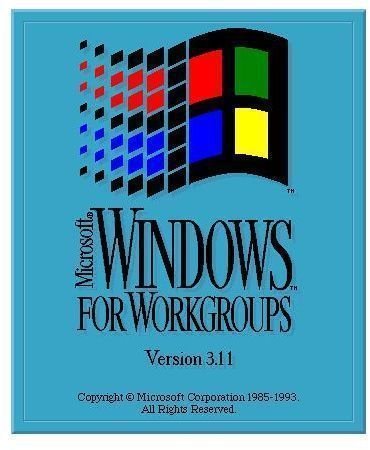
Microsoft turned things around with the 1990 release of Windows 3.0 and more importantly Windows 3.11 in 1993 – large graphical improvements including basic levels of multitasking, and support for TrueType fonts. One of the features that made Windows 3.1 so popular was it’s support for multimedia components – CD-ROM and Sound Cards. Windows 3.1 was very popular in embedded components such as cash registers. Windows 3.11 introduced networking compatibility and the idea of workgroups. Sold graphics and a great step up in technology gives Windows 3.0 a ‘B’.
Windows 95
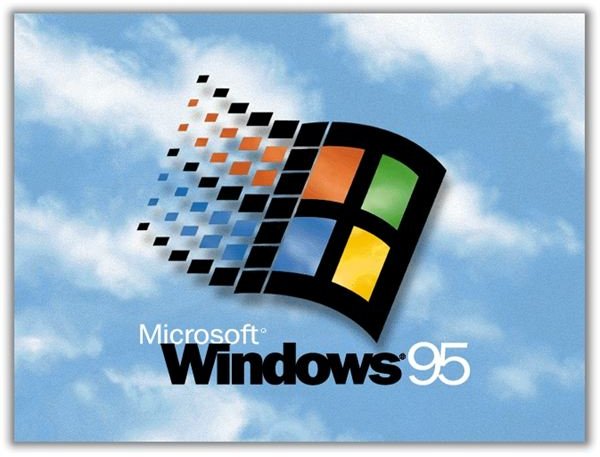
If Windows 1.0 was a forefather of the modern operating system, Windows 95 (released in 1995) is the father of modern operating system. Windows 95 introduced a major graphical overhaul making PCs truly useful instruments. Microsoft tried to put MS-DOS in the background by integrating DOS and Windows together making the majority of functions available through a GUI as opposed for the need to run DOS commands. Windows 95 introduced the Start button, Start menu, Windows Explorer and task manager. I give Windows 95 an ‘A’for the dramatic impact it had on the personal computer.
Windows 98\98 SE
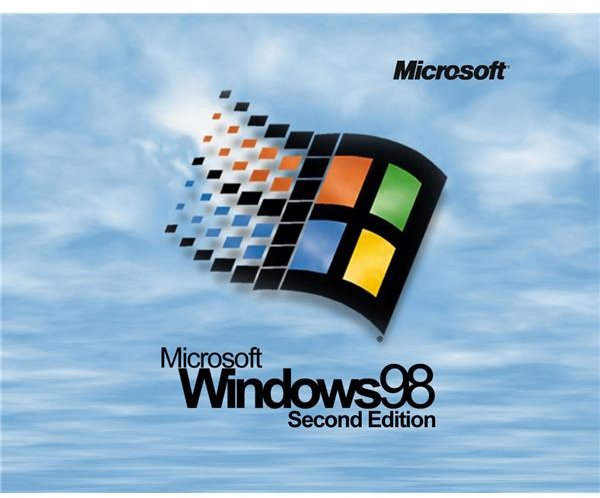
Windows 98 and 98 SE (second edition) were released in 1998 and 1999 respectively. Windows 98 didn’t make any dramatic changes from Windows 95, but the improvements made did make for a more stable, user friendly operating system. ‘B+’.
Windows ME
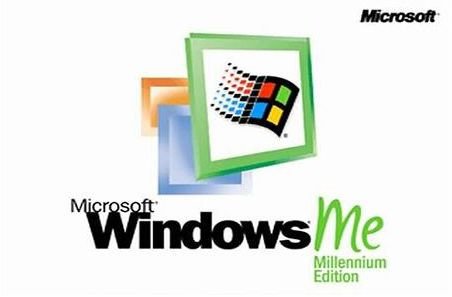
Windows ME was released in 2000 – It was consumer focused, but many technical features were shared with the business-oriented Windows 2000. Incompatibility with many software and hardware products along with frequent blue screens drove users back to Windows 98 and had PC World calling it the “Mistake Edition”. ‘D’.
Windows XP
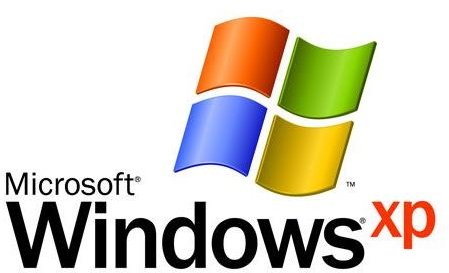
Released in 2001 – Winows XP was again a major step up from Windows 9x with drastic graphical and stability improvements. XP is arguably the most popular Operating System ever with some reports stating Microsoft has sold in excess of 800 million copies (not taking into account millions more pirated copies). Eight years later, it still retains 73% of the Operating System market share according to Market Share by Net Applications (data here). Even though Vista has been available over three years, Microsoft has only recently cut back the sales of OEM copies of XP just this year. In fact, due to demand for ultra-cheap PCs and Netbooks, Microsoft announced they would continue selling XP for one year past the launch of Windows 71.
This may sounds a bit dramatic, but it’s hard to imagine life without XP. Windows XP is everywhere - from embedded devices such as cash registers and kiosks to hundreds of millions of consumer and business PCs. Due to longevity of the OS and the impact it’s had, I’ve got to give XP an ‘A+’.
Windows Vista
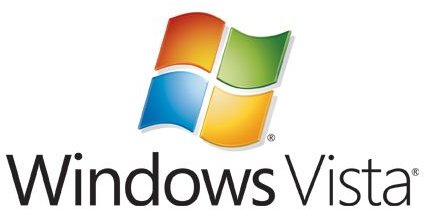
Vista was released in 2006 as a graphically superior version of Windows – the problem is that Vista is almost too graphical as a large percentage of workstations could not run the OS with the new graphical effects turned on. Users also experienced major hardware and software incompatibility with their XP applications. Most unfortunate was the fact Vista broke several things that worked perfectly in Windows XP – even simple stuff you take for granted (copying files anyone?). As of July 2009, Vista only holds 18% of the OS market share (see Market Share link above). Microsoft considers it a success, but I (and a few others) think it was a flop. ‘C’.
Windows 7
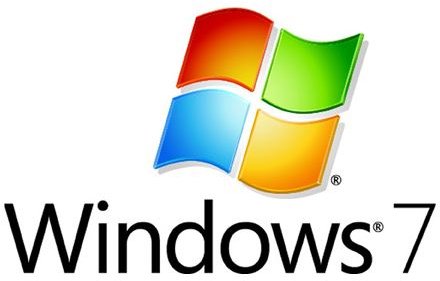
Windows 7 will be released in October 2009 as what many people refer to as Vista 2.0. Windows 7 appears to be what Vista should have been in the first place - Great graphics, good performance and the stability we’ve come to expect since using Windows XP. Nothing is fundamentally different in a ‘mind-blowing’ way, but much like moving from Windows 95 to 98, there are definitely a large set of user and technical improvements. ‘B’.
What’s next? It’s hard to know what will come out after Windows 7, but judging by early press buzz and my own experience with the Beta and Release Candidates, I can see Windows 7 having a longer lifespan than Vista.
